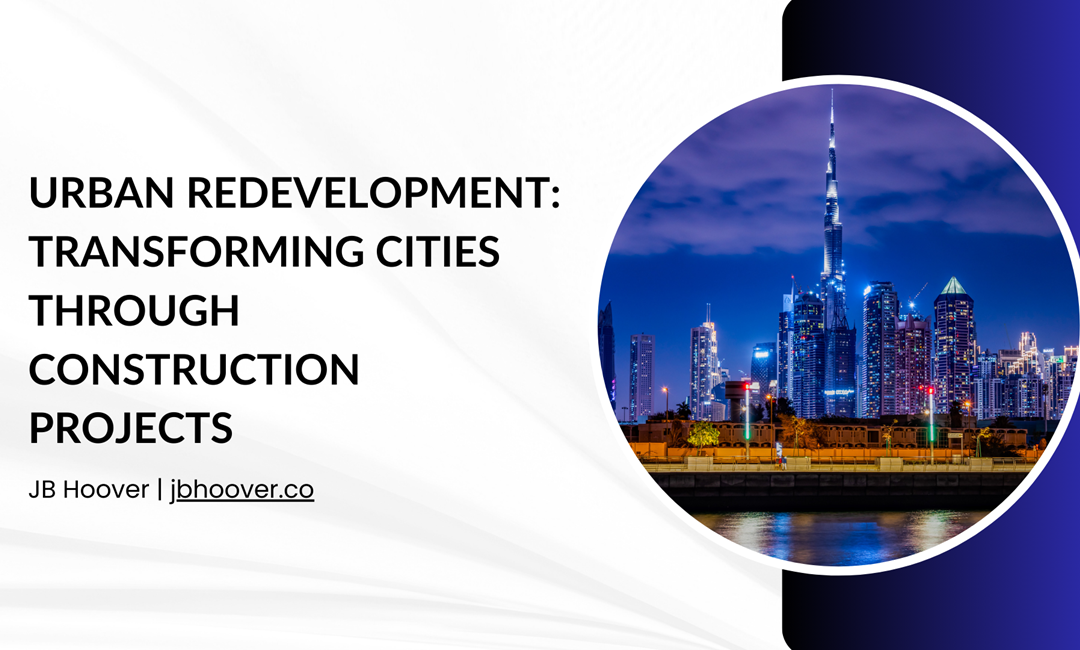In the ever-evolving landscape of urban development, the concept of urban redevelopment has emerged as a powerful force for revitalizing and transforming cities around the world. Urban redevelopment involves the renovation, repurposing, and revitalization of existing urban areas to meet the changing needs and demands of modern society. Through strategic planning, innovative design, and collaborative partnerships, urban redevelopment projects aim to create vibrant, sustainable, and inclusive urban environments that enhance the quality of life for residents and visitors alike.
One of the primary goals of urban redevelopment is to revitalize blighted or underutilized areas within cities, breathing new life into neglected neighborhoods and districts. By repurposing abandoned buildings, vacant lots, and industrial sites, urban redevelopment projects can create new opportunities for housing, commerce, and community amenities. This not only improves the physical appearance of the area but also stimulates economic growth, attracts investment, and creates jobs, ultimately contributing to the overall vitality and prosperity of the city.
Moreover, urban redevelopment projects often prioritize sustainability and resilience, incorporating green building practices, renewable energy technologies, and sustainable infrastructure systems. By promoting compact, mixed-use development patterns and prioritizing public transportation, walking, and cycling infrastructure, urban redevelopment projects can reduce carbon emissions, alleviate traffic congestion, and enhance the overall sustainability of the city. Additionally, green spaces, parks, and recreational amenities are often integrated into redevelopment plans, providing residents with access to nature and promoting health and well-being.
Furthermore, urban redevelopment projects play a crucial role in preserving and celebrating the cultural heritage and identity of cities. Historic preservation efforts, adaptive reuse projects, and cultural heritage initiatives are often incorporated into redevelopment plans to protect and celebrate the unique character and history of urban neighborhoods. By preserving historic buildings, landmarks, and cultural assets, urban redevelopment projects help maintain a sense of place and identity, fostering community pride and preserving the collective memory of the city.
Additionally, urban redevelopment projects often prioritize inclusivity and social equity, seeking to create diverse and inclusive urban environments that serve the needs of all residents, regardless of income, race, or background. Affordable housing initiatives, mixed-income developments, and community-driven planning processes are often integrated into redevelopment plans to ensure that the benefits of urban revitalization are shared equitably among all members of the community. By promoting social cohesion, economic opportunity, and access to essential services, urban redevelopment projects contribute to a more just and equitable society.
In conclusion, urban redevelopment is a powerful tool for transforming cities and revitalizing urban areas to meet the needs and challenges of the 21st century. Through strategic planning, innovative design, and collaborative partnerships, urban redevelopment projects create vibrant, sustainable, and inclusive urban environments that enhance quality of life for residents and visitors alike. By prioritizing economic vitality, environmental sustainability, cultural preservation, and social equity, urban redevelopment projects play a crucial role in shaping the future of cities and creating a more resilient and prosperous urban landscape for generations to come.
